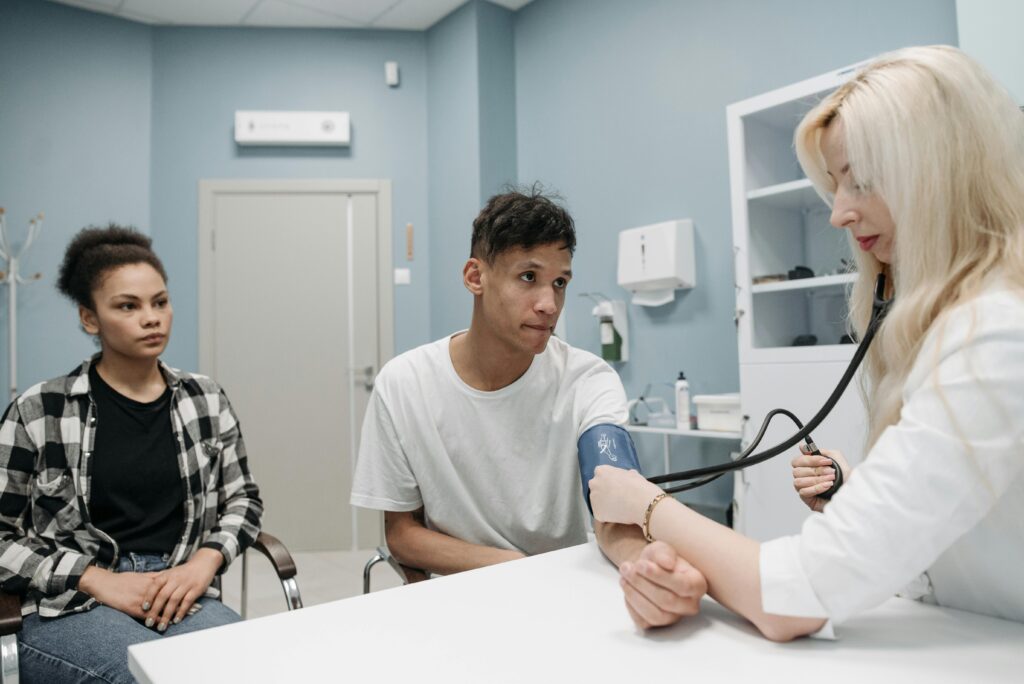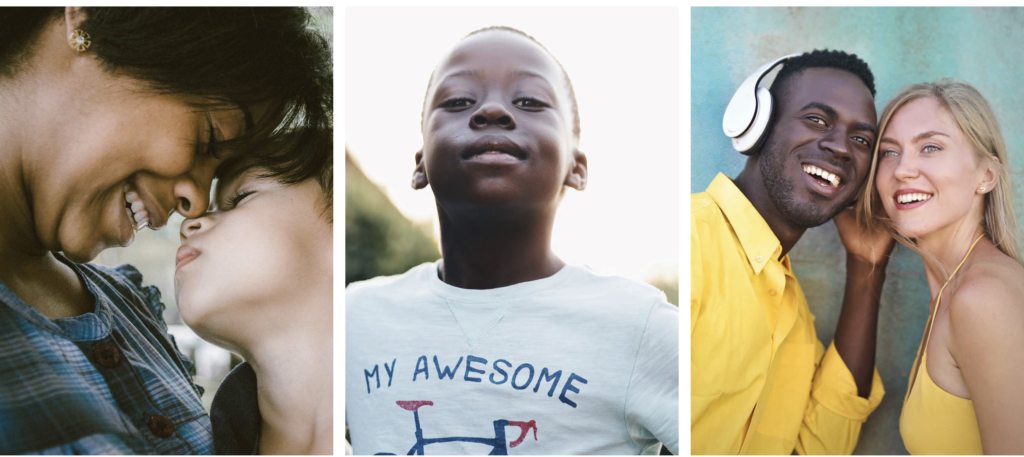Before the pandemic, a growing number of healthcare and community-based organizations were forming—or at least exploring—partnerships to better address the social needs of patients. Then COVID-19 gave these partnerships even more urgency, especially to expand from addressing individual social needs to tackling the social and structural factors that drive health inequity to begin with.
As partners in communities across the country launched or accelerated their efforts, we heard many people on that journey ask: “What’s the ROI for this?” So we decided to make it much easier for people to answer that question—and to navigate the many other questions and challenges that arise as healthcare and community organizations forge essential new partnerships.
HealthBegins, in partnership with the Commonwealth Fund and the Nonprofit Finance Fund, is proud to launch the One-Stop Shop for Clinical-Community Partnerships now. The guide curates the best existing resources and tools—like the ROI Calculator for Partnerships to Address Social Determinants of Health—to help support new and emerging partnerships. Organizations’ decisions are often made on one of two sets of separate criteria: social mission or the bottom line. Yet these two motivators need not, and should not, be mutually exclusive. This new guide is a call—and a roadmap—to address both.
We have designed this one-stop shop to support partnerships in two ways. First, it makes it quicker and easier for healthcare and community-based social service providers to find vetted information on how to initiate, structure, and fairly finance their partnerships. Second, it will serve as a continuously evolving venue to spotlight new insights and resources as they emerge.
Yet even as we work to support partners in understanding and optimizing their returns on this work, we don’t contend that ROI is a panacea for equitable clinical-community partnership. In fact, we have encountered four fundamental challenges that shape clinical and community partners’ conversations about investment and return. So, we have intentionally composed this library with tools and resources to address not just narrow, technical considerations of ROI but also these broader challenges.
These essential challenges are:
- Racial equity. As with U.S. health care generally, many efforts by health systems and clinical practices to partner with community-based organizations and address health-related social needs have not centered racial health equity as an explicit and primary goal. This has major implications for discussions of ROI and value propositions. For example, is the estimated ROI for a clinical-community partnership truly meaningful if healthcare and CBO partners haven’t valued racial equity or at least identified the health, economic, and social costs of persistent racial inequity to their beneficiaries, organizations, or community? So, through this library, we will curate emerging resources that elevate racial equity and seek to ensure that, in the process of defining the value and investment returns of clinical-community partnerships, organizations are working to dismantle structural and institutionalized racism instead of perpetuating it.
- The asymmetry of ROI thinking. Without realizing it, leaders across many sectors of society often selectively ask to see ROI for some potential solutions or services and not others. In health care, for example, we don’t often ask or expect to hear oncologists or gastroenterologists talk about, let alone calculate, the ROI for a given drug, procedure, or therapy. Quite to the contrary, health care is rife with “low-value care”—services or treatments that have long been funded and supported despite any evidence of real benefit to patients. And yet, the term ROI comes up in nearly all discussions about health and social care integration. Time and again, we’ve heard CBOs describe the higher bar they have to jump in order for healthcare payers and providers to acknowledge their value. Researchers have described this as asymmetric thinking about ROI. In this one-stop guide, we will seek to curate approaches and resources that help explain, mitigate, or even challenge this asymmetric thinking about ROI for clinical-community partnerships. We’ll also work to highlight resources that go beyond social needs interventions and help define the costs and benefits of community and policy-level actions that improve the social and structural drivers of health equity.
- Power differentials. Even as cross-sector partners address that asymmetry, ROI conversations between healthcare and community-based social service organizations are often distorted by the power differentials and structural inequities between them. The playing field for many clinical-community relationships is simply not level. As one healthcare executive told a CBO we know: “We don’t write checks, we cash checks”— a moment of candor that reveals the dynamics CBOs are often up against in negotiating contracts. Yet clinical-community partnerships to address social needs cannot be successful or sustainable if they operate at the expense of one partner or sector. In this guide, we curate tools that healthcare and community-based partners can use not only to identify potential rewards, but also to share those rewards—and risks—equitably and transparently.
- ROI navel-gazing. A core purpose of an effective, equitable cross-sector partnership is to deliver health benefits and value—value that may not be captured in immediate bottom-line returns for a healthcare organization. So while we have built a guide to curate helpful resources to estimate ROI, we hope that this tool also helps partners expand their vision of what the “R” itself can look like. Organizations, especially on the healthcare side, must start to realize the true value of social care investments beyond direct financial return if they are to foster cross-sector partnerships that can meaningfully improve health equity and sustain over time. So, over time, we’ll find and catalog resources that help clinical & community partners see and pursue ROI in the bigger picture. That includes resources to help define the value of investments or VOI – which includes financial returns (which we conventionally think of as direct ROI); economic returns (all the tangible and intangible benefits that confer economic value to each partner institution, such as boosts to capacity, productivity, or branding and goodwill); and social returns (benefits that accrue to a broader set of organizations, stakeholders, and constituents in a community).
We hope you find the new One-Stop Shop for Clinical-Community Partnerships helpful. It is a living resource, one informed by trailblazers in healthcare and community-based social service organizations who are building and sustaining partnerships to improve the social and structural drivers of health equity at all levels. As such, this resource library’s evolution and relevance depends in part on you. We welcome your suggestions and feedback. Your contributions, lessons, and experiences will be the fuel that sparks and strengthens more such partnerships to come.
Authors:
Rishi Manchanda MD MPH, HealthBegins
Sadena Thevarajah JD, HealthBegins
Deirdre Flynn, Nonprofit Finance Fund
Beth Doreian, Nonprofit Finance Fund
Tanya Shah, formerly with Commonwealth Fund
Featured Content
Providing Health Equity for Immigrants in a Time of Crisis
This moment presents an opportunity for healthcare leaders to harness the national attention focused on immigrant care to build investments, policies, and protections to improve care for these communities long-term.
HealthBegins Brief: Addressing Climate Health Inequities With The Community Health Needs Assessment
This HealthBegins Policy and Practice Brief invites every healthcare organization to immediately begin addressing the impact of climate change on health at the community level and with community participation.
Immigration Enforcement in Healthcare Settings: How to Prepare and Respond
Many of our healthcare partners are asking how they should prepare for potential ICE encounters on their premises and respond in the interim to concerns among patients and staff. These questions, answers, and resources provide some guidance.



